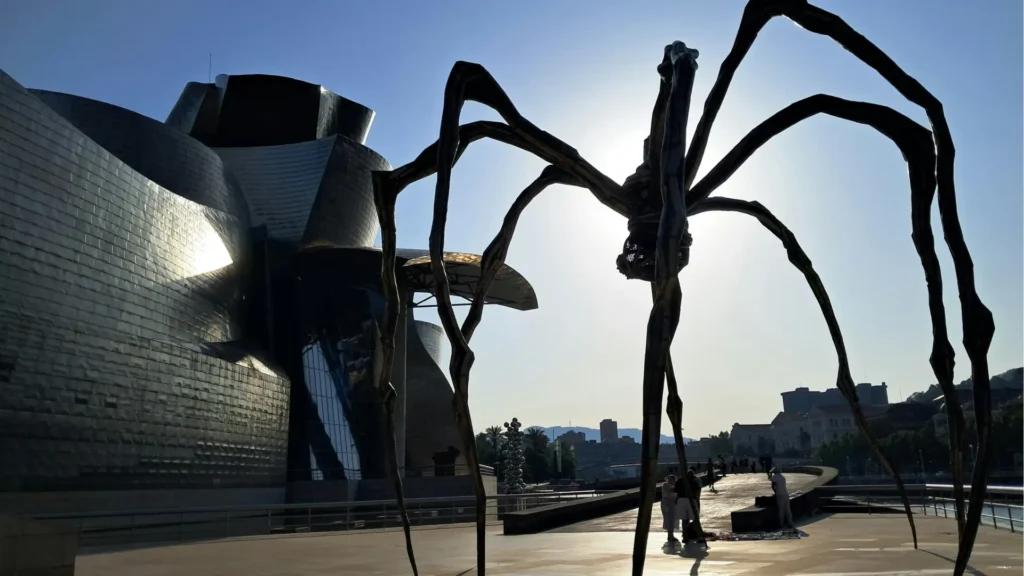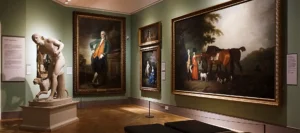Table of Contents
TLDR
History of Art helps us explore identity, belonging, and community across time and cultures. By studying diverse artists, from Botticelli and Renoir to Ai Weiwei and Yinka Shonibare, students learn how art reflects inclusion, exclusion, national identity, and personal expression. The subject not only fosters a sense of belonging but also equips learners with critical skills to analyse images, challenge bias, and understand perspectives in today’s image-driven world.
How might History of Art build a sense of belonging?
From early examples of art to contemporary works, artists have been fascinated with how to express community, identity, and belonging. Renaissance artist Sandro Botticelli typically depicted mythical or religious scenes of social unity; whereas French Impressionists, Pierre-Auguste Renoir and Toulouse Lautrec have painted how cultural groups come together in work and leisure. In contrast, sculpted works by British artist Marc Quin in the 1990’s, have explored self-identity using the artists’ own blood and DNA.
Who is included in Art History?
The study of Art History and how it may be relevant to our diverse communities today is in many respects problematic. Who is included and excluded in collections, how diversity is communicated, and how marginalised groups are represented, are all core questions which students and art historians must consider carefully.
Learning from global voices in art
In History of Art at NEC, students are introduced to artists and artworks from diverse backgrounds, cultures and perspectives. The work of Ai Weiwei a Chinese artist and activist who has previously been imprisoned by the government; is studied as an example of how art may reflect inclusivity and the views of non-conformity. In Weiwei’s Sunflower Seeds (2010), a large-scale art installation at Tate Modern, the artist invites art audiences to walk over, around and upon, millions of individually made ceramic sunflower seeds. Referencing the anonymous work done by impoverished communities in China, Weiwei reflects on the supply of mass produced goods for capitalist economies, whilst acknowledging the life and healing powers of seeds as a symbol of community. Students are encouraged to question issues of censorship in art, and who has the right to make (and look) in contemporary culture.
Exploring identity through sculpture
In French American artist Louise Bourgeois’s sculptural work, Maman (1999), a huge iron spider is studied to encourage students to think about motherhood as a protective yet sinister spectre of comfort and warmth. Identity in this context is explored in relation to gender, family and nonhuman bonding through a stark and threatening form.
National identity and shared heritage
In the work of British Yinka Shonibare, rich examples of how artists collage ideas of national identity are explored through the extraordinary use of bright pattern (sourced from Camden Market in London) and figures connected to the British Empire. In Nelson’s Ship in a Bottle (2010), students are encouraged to consider cultural and national identity as a complex and at times contradictory concept. The symbol of the ship as a colonial vessel, and sails made from patterns associated with African culture; prompts students to question what is meant by shared heritage and what it means to be ‘British’.
Skills beyond the canvas
The introduction to these artists is valuable, as diverse groups of students may begin to see themselves as part of art history, however, there are other transferable skills which History of Art develops. A unique feature of the study of art is the emphasis on analysis in which students learn to decode and consider the effects of visuals on contemporary audiences. This is particularly important in an image driven digital age in which belonging and the self are entwined with the instant portrait ‘selfie’, the curation of our lives through on-line photo sharing, and how others use pictorials to persuade and connect. In History of Art, students are encouraged to challenge what is seen, identify bias, see manipulation through image making, and think about how versions of the self are constructed.
Art, Connection and belonging
In its broadest sense the study of History of Art analyses the communication of individuals through the artwork to art audiences; and from this angle – the idea of belonging – to reach out, communicate and be recognised, is often central to understanding art production. Through the study of this subject, learners may engage with the lives of others and hopefully gain an understanding of others’ perspectives. This is in essence a human connection and central to our sense of belonging.
Dr Jennifer Hankin
Dr Jennifer Hankin is an interdisciplinary art historian, writer, and educator. She has interests in contemporary art practice and how artists are engaging with themes of identity, ecologism, and utopian futures.
In addition to tutoring at NEC and acting as subject ambassador, Jennifer works as an associate lecturer at University of the Arts London and is active in research. She has presented research internationally and currently writes on women artists and the utopian imagination.




